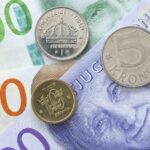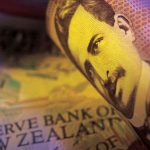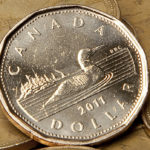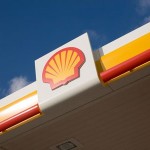Australian dollar trimmed its earlier advance against the US counterpart on trading Wednesday, while an official report revealed Australian economy expanded at a faster than anticipated pace during the final quarter of 2013.
Having touched a daily high at 0.8997 at 0:34 GMT, also the highest point since February 26th, AUD/USD was trading at 0.8967 at 7:16 GMT, up 0.17% for the day. Support was likely to be received at March 4th low, 0.8941, while resistance was to be encountered at February 26th high, 0.9026.
According to data released by the Australian Bureau of Statistics, nations Gross Domestic Product climbed 0.8% in the final quarter of 2013 compared to the prior quarter, beating experts estimates pointing to a 0.7% increase, while in Q3 compared to Q2 economy expanded 0.6%. The annualized GDP rose 2.8% during Q4, again above forecasts of a 2.5% gain. Support has been provided by rising consumer spending and lower rate of saving. The result implied that Reserve Bank of Australias measures to spur economic growth through higher consumer expenditures have begun to pay off.
A separate report by the Australian Industry Group (AIG) showed that the Performance of Services Index (Australian PSI) improved to a reading of 55.2 in February from 49.3 in the preceding month.
These data points came out one day after the Reserve Bank of Australia decided to leave its benchmark interest rate unchanged at the current record low level of 2.50% in line with expectations. The central bank has reduced borrowing costs by a total of 2.25% since the fall of 2011.
According to RBA Governor Glenn Stevens, recent decline in the exchange rate of the Aussie favored nation’s economy, but however, the rate remained still high by historical standards.
“The most prudent course is likely to be a period of stability in interest rates”, Stevens said in a statement following central bank’s decision, reiterating remarks he made after the policy meeting in February.
Meanwhile, demand for safe haven assets faded, after Russian President Vladimir Putin said he saw no immediate need to invade Ukraine. These comments indicated that the Ukraine crisis will not immediately escalate. Vladimir Putin said that troops, stationed on the Crimean peninsula, have only been securing their bases. On the other hand, gunmen who have taken control over crucial infrastructure and surrounded military installations were acting independently, according to Russias President.
“Ukraine can be a risk-off catalyst, but market consensus is that it will avoid developing into a more serious situation,” said Masato Yanagiya, the New York-based head of foreign exchange and money trading at Sumitomo Mitsui Banking Corp., cited by Bloomberg News. “Good U.S. data would give a boost to the dollar to a certain degree.”
Companies operating in the US private sector probably added 158 000 new jobs in February, according to the median estimate of experts, after a month ago employers added 175 000 workers to payrolls. The official figures by the Automatic Data Processing Inc. (ADP) are scheduled to be released at 13:15 GMT today.
In addition, activity in the US sector of services probably slowed down in February, with the corresponding non-manufacturing index reaching a reading of 53.5, down from 54.0 registered in January. The Institute for Supply Management (ISM) is expected to release the official numbers at 15:00 GMT today. Higher than expected readings will certainly provide support to greenbacks demand.
The ISM reported on Monday that manufacturing activity in the United States expanded at a faster than projected pace in February, which eased concerns that economy may remain vulnerable. The corresponding PMI advanced to a reading of 53.2 last month from 51.3 in January, while analysts had expected that the index will climb less, to 52.0 in February. Values above the key level of 50.0 are indicative of expansion in activity.
Elsewhere, the Aussie was gaining against the euro, with EUR/AUD cross down 0.33% on a daily basis to trade at 1.5308 at 7:54 GMT. AUD/NZD was up 0.10% to trade at 1.0680 at 7:56 GMT. The pair climbed to a session high at 1.0716, following the release of Australian GDP report.





